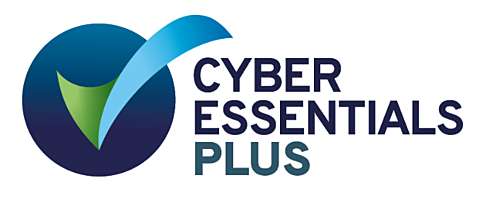As if by magic the Easter Bunny brings a new TPR Code!
25 Mar 2021
TPR has published the single Code of Practice for consultation which is open until 26 May. Recharged with chocolate we’ll be reading the 149 pages in more detail and having a go at TPR’s consultation questions after Easter and will update you as needed on what to look out for and practical pointers.
For now, suffice to say the Code has been a long time coming and it’s clear TPR see this as the foundation for their new approach to setting out clearer expectations on how to run a pension scheme – any type of scheme in its regulatory ambit, whether DB, DC, hybrid, personal pensions, public service.
So far 10 of the 15 old codes are reworked in here. Later this year the new DB funding code will be encompassed. TPR will evolve it for its ‘Future of Trusteeship’ work and an updated Master Trust code. In time TPR will link guidance, the Toolkit and navigation of their website to fit with the Code as well.
TPR sees the Code very much as a living document and in future will work to a regular rhythm, with general updates perhaps annually. This helps plan a ‘how are we doing, now what else?’ health check.
In general we like the straightforward language TPR are using, and the fact that the modules – 51 so far – are short and clearly set out. If you like bulleted lists you will like the Code!
However, TPR does not want you to use these lists as tick box exercises. Rather, the lists set out expectations and sometimes requirements for those on a scheme’s trustee board, aka ‘governing body’, to make it simpler to consider whether and how these are being met and to take action where needed, taking the scheme’s needs, scale and complexity into account.
So what does the Code cover? The main content is in five sections of expectations for: the governing body, funding and investment, administration, communications and disclosure, and reporting to TPR.
There are some important new areas, reflecting the overdue need to:
- codify expectations on complying with the IORP regulations concerning the system of scheme risk, internal controls and assurance – this makes the governing body section the longest chapter
- recognise that pensions cyber risk is generally a bad thing and needs proper attention by all
- set out what is expected on stewardship and climate change to meet ESG responsibilities.
There are of course some vital new acronyms that will soon be tripping off trustees’ tongues – if you do not have an ESOG, or you have a soggy ESOG, you are going to be in trouble – an ‘effective system of governance’, to be reassessed every three years. And your ORA will take time to land the first time you do it and you will look forward to updating it annually, as the ‘own risk assessment’. This is a less painful version of FCA risk assessments such as ORSAs, ICAAPs and ILAAPs as TPR have ruled out Solvency II.
On an ending note for now, this is TPR updating its approach in a meaningful way. The Code will help those governing, operating and advising on schemes to be clear about what good governance looks like and apply the code intelligently for their scheme’s needs, size and strategy.
It seems like a good step forward, albeit a lot of pages to get to grips with. Well-run schemes are likely to have little to fear as long as they have enough resource and the right advice to work through it efficiently. But it will need trustee time to be shoehorned into already busy trustee board calendars.
Wishing all our readers a good Easter and successful governance of your six person egg hunts…


